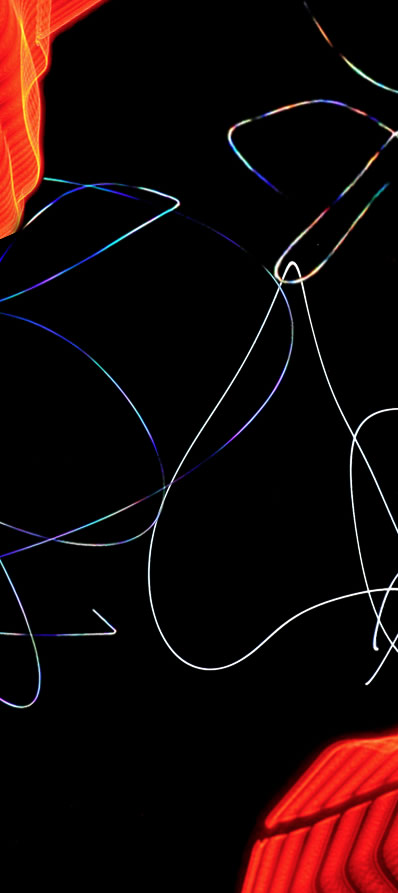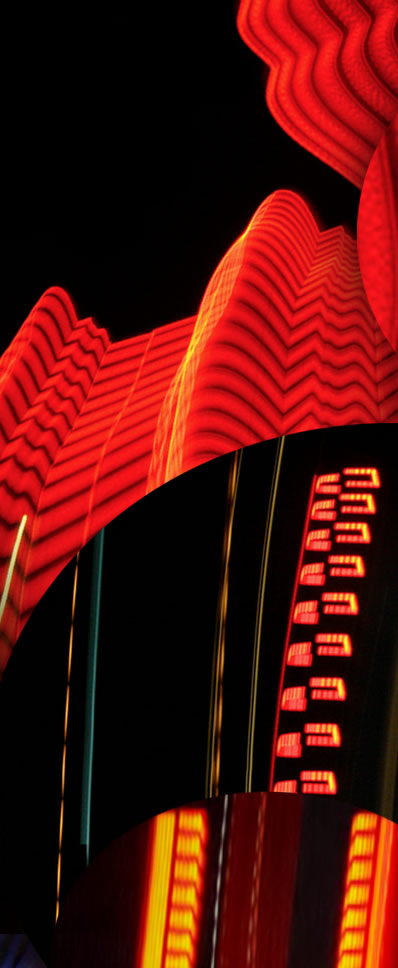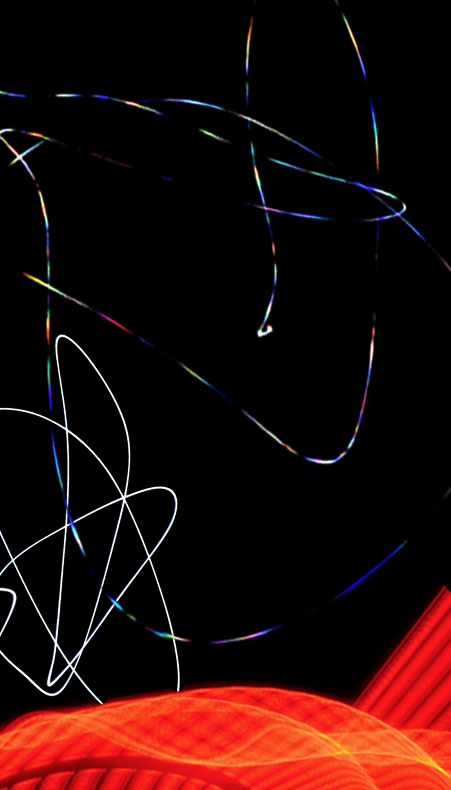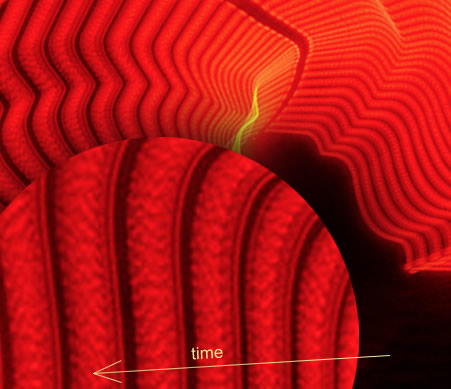| Changing Lights All is not what it seems in this composite of images from a new book by Dan Bennett (site) “A Field Guide To Time-Varying Light Sources". It explores human and natural fluctuating lights. It gives simple techniques for seeing with the unaided eye and photographing the oddities of automobile tail lights, restaurant signs and the unexpected behaviour of LED indicators and screens. |
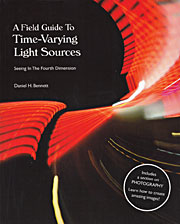 |


